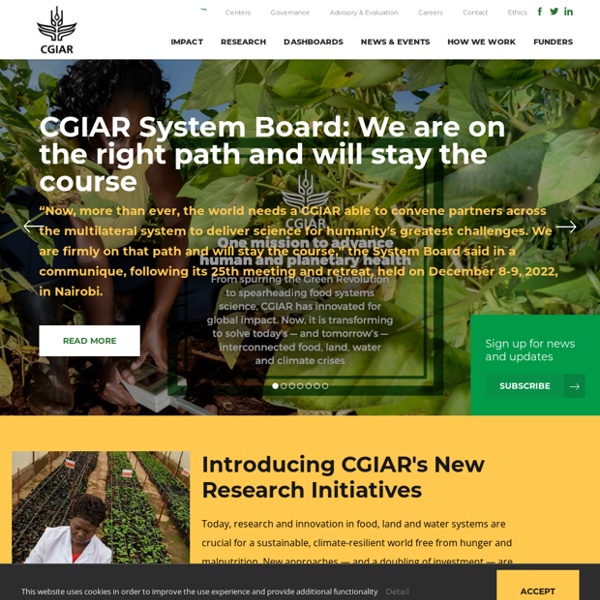



SABRAO International Service for the Acquisition of Agri-biotech Applications - ISAAA.org IRRI - Rice science for a better world. Kritische Uranbelastung in Trink- und Mineralwasser Das ist das Problem Uran belastet Trink- und Mineralwasser – teilweise so stark, dass gesundheitliche Risiken nicht ausgeschlossen sind. Gefährdet sind vor allem Säuglinge und Kleinkinder. Problematisch ist dabei nicht die Radioaktivität von Uran, sondern die chemische Giftigkeit des Schwermetalls: Hohe Belastungen können zum Beispiel zu einer Schädigung der Nieren führen. Das ist der Stand Für Mineralwasser gibt es bisher keinen allgemeingültigen Grenzwert. Für Trinkwasser gilt seit dem 1. Das fordert foodwatch Grenzwert von 2 Mikrogramm Uran pro Liter: Sowohl für Trinkwasser als auch für Mineralwasser muss ein einheitlicher Grenzwert von 2 Mikrogramm Uran pro Liter gelten. Zuletzt geändert am 01.11.2011 32369 haben mitgemacht. Die gesetzliche Höchstgrenze für Uran im Wasser ist noch immer so hoch, dass Säuglinge und Kleinkinder nicht genug geschützt werden.
Genetic Engineering & Biotechnology News - Biotech from Bench to Business | GEN Food Historically, people secured food through two methods: hunting and gathering, and agriculture. Today, most of the food energy required by the ever increasing population of the world is supplied by the food industry. Food safety and food security are monitored by agencies like the International Association for Food Protection, World Resources Institute, World Food Programme, Food and Agriculture Organization, and International Food Information Council. They address issues such as sustainability, biological diversity, climate change, nutritional economics, population growth, water supply, and access to food. The right to food is a human right derived from the International Covenant on Economic, Social and Cultural Rights (ICESCR), recognizing the "right to an adequate standard of living, including adequate food," as well as the "fundamental right to be free from hunger." Food sources Global average daily calorie consumption in 1995 Most food has its origin in plants. Plants Animals Production
Agriculture Corner Sweetness Sweetness is one of the five basic tastes and is universally regarded as a pleasurable experience. Foods rich in simple carbohydrates such as sugar are those most commonly associated with sweetness, although there are other natural and artificial compounds that are sweet at much lower concentrations, allowing their use as non-caloric sugar substitutes. Examples of foods that may be used as non-sugar sweet substitutes include saccharin, aspartame, acesulfame potassium, sucralose, xylitol, erythritol, and stevia. Other compounds, such as miraculin, may alter perception of sweetness itself. The chemosensory basis for detecting sweetness, which varies between both individuals and species, has only begun to be understood since the late 20th century. Examples of sweet substances[edit] A great diversity of chemical compounds, such as aldehydes and ketones are sweet. A number of plant species produce glycosides that are sweet at concentrations much lower than sugar. Sweetness modifiers[edit]
Agribusiness Pakistan | Agribusiness Expert | Agriculture Pakistan ScienceDaily: Your source for the latest research news Welcome to the Turnbull Server